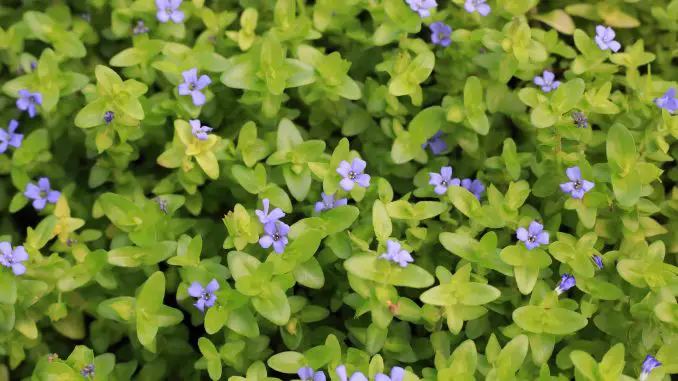
There are lots of reasons to keep live plants in your aquarium, but some people think they are too much of an extra hassle.
Bacopa caroliniana disproves this by being one of the easiest plants to care for in the aquarium industry, which is why it has become so popular.
It is very tolerant to a range of water conditions, so it fits well into most setups.
This article explains all the information you’ll need when adding B. caroliniana to your tank, including its perfect environment and propagation techniques.
TABLE OF CONTENTS
Bacopa Caroliniana Facts & Overview
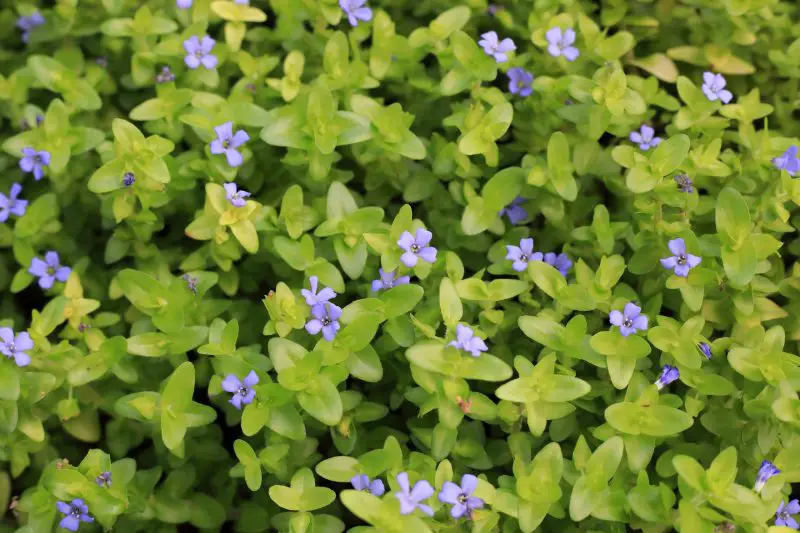
| Category | Rating |
| Care Level: | Easy |
| Lighting: | Medium |
| Color Form: | Green, sometimes reddish |
| Origin: | United States |
| Height: | Up to 16 inches |
| Family: | Plantaginaceae |
| Minimum Tank Size: | 10 gallons |
| Tank Set-Up: | Freshwater |
| Growth Rate: | Moderate |
B.caroliniana is a popular freshwater aquarium plant from the Plantaginaceae family.
B.caroliniana is the scientific name; sometimes it is called Giant Red Bacopa, Water Hyssop, or Lemon Bacopa.
The latter name comes from the fact that the leaves can smell of lemon, especially when crushed up.
The species is native to the United States, particularly in the southern areas where it’s warmer. A natural population can be found elsewhere, even as far away as South Korea.
It is actually a flowering herb, which typically grows on land near water. It has a waxy coating on its leaves to increase its tolerance to water and helps it to flower in wet environments.
Its ability to survive in an aquarium environment shows its hardy nature.
B.caroliniana can grow quite tall, so it is normally placed at the back of a tank where it can’t block the view of your main attractions, though it’s a good way to hide equipment.
Scientists have recently tried to induce bioluminescence by introducing gold nanoparticles to the plant. This resulted in the chlorophyll emitting a reddish glow.
The hope is that these modified plants could eventually be used as environmentally friendly streetlamps.
If you want some B. caroliniana of your own, you can pick some up quite cheaply. A few stems will cost $5 or less.
To save money, you could buy a small amount and propagate it to produce new plants, but you will have to wait for them to grow.
Is Bacopa Caroliniana Hardy?
This is a very hardy species that can grow under a broad range of different conditions.
That doesn’t just mean water conditions; it can grow in soil, sand, and it can grow while floating on the surface, offering shelter to fish from the light above.
It has even demonstrated resilience to brackish water, but it will grow best in freshwater.
A hardy species is always useful to a beginner who might make some mistakes. They will survive small changes in their environment if the problem is fixed promptly.
Cuttings can be used to propagate this species, so it’s easy to grow more plants too.
Benefits of Bacopa Caroliniana
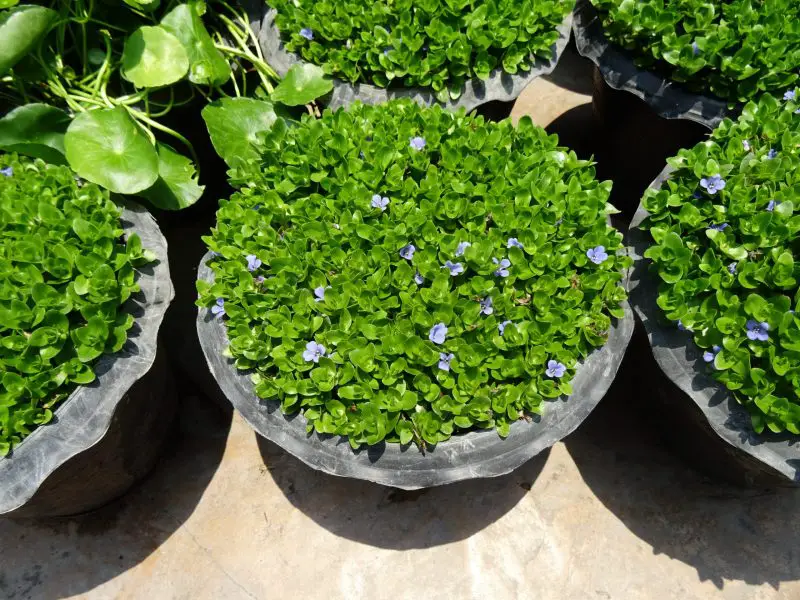
Plants like B. Caroliniana are a great way to improve the health of your aquarium environment. Plants take in some of the pollutants that you wouldn’t want in your tank, which slows down the buildup process.
During photosynthesis, an aquatic plant releases oxygen into the water, oxygenating the tank, which your fish will appreciate.
Fish, and other tank mates, also enjoy the shelter that plants provide. A tall species like B. caroliniana offers protection from light and other fish all the way up the water column. This helps to keep stress levels down.
This plant is aesthetically pleasing too, whether it’s just adding color, filling in empty spaces, or gently swaying in the current.
Appearance
This species displays bright colors, which can be a very attractive sight in an otherwise colorless aquarium. This effect becomes exaggerated if the plant flowers.
Flowers develop more often above the water, but if the plant does flower in your tank, they will be blue with about five petals.
The color of the plant can vary depending on light intensity. Bright lights produce a reddish-brown color (which is why it is sometimes called Giant Red Bacopa) whereas lower lights leave the plant with the classic green leaves.
Bright lights also result in the leaves growing closer together in a tightly packed cluster, producing a bushier appearance.
These leaves are oval in shape and tend to be about an inch long. They are particularly thick and have a waxy coating all over. The wax allows the plant to survive underwater.
The wax produces a glossy effect on the top of a leaf, but this is reduced on the underside due to the presence of many tiny hairs.
The leaves grow in pairs, one the opposite side of the stem to the other. The stem is roughly 0.2 inches thick.
The maximum height of each stem is around 16 inches, but you can control the height yourself by regularly trimming the top.
Habitat and Tank Conditions
B.caroliniana is mainly found in southern areas of the US, where it is warm, spanning across multiple states like Florida, South Carolina, and Texas. Populations are found elsewhere in the world though, even being spotted in South Korea.
As primarily a freshwater species, these plants are found in lakes, ponds, marshes, and wetlands.
Usually, they’re growing around the shorelines or shallow waters, but the species is well able to handle water and may grow fully submerged in deeper areas if they can access enough light.
Water parameters vary significantly in their natural habitats, but they typically prefer warm, slightly acidic/alkaline water.
Although this resilient species can grow healthily in a range of conditions, the best way to care for it is to recreate its natural environment in your aquarium.
Tank Conditions
The type of substrate does not matter to the growth of this species, so you can pick sand or gravel based on the needs of tank mates.
Fertilizer isn’t needed, especially if you’re keeping fish in the tank to produce biowaste.
When planting B. caroliniana, weigh it down because it has a tendency to float off. Place stems in areas where they won’t be competing for space with each other or other species.
The temperature should ideally be between 68°F and 82°F, but it can grow in cooler waters as low as 14°F. Cooler water will slow growth.
Keep the pH between 6.0 and 8.0, avoiding extremes. Both hard and soft water is viable, but 2-15 GH is best.
You don’t need intense lights, B. caroliniana grows well in most lighting conditions. Ensure that they have access to enough light for photosynthesis though, this could be blocked by equipment or floating plants.
Bright lights turn the leaves reddish-brown and bushier, but plants in low light will be green with the leaves more spaced out.
Provide 8-10 hours of light a day.
What Size Aquarium does it need?
You can keep it in any size tank, but the smaller the tank, the quicker they’ll outgrow it, so more maintenance will be required. If you trim the stems and leaves regularly enough, B. caroliniana can even go in nano tanks.
10 gallons or more is recommended so that you don’t have to spend too much time stopping it from getting out of control.
You can leave this plant to grow in large tanks, cutting it now and then when it manages to reach the surface. It will continue to grow above the surface if allowed.
Care
This is one of the hardiest plant species available. It can adapt to most aquarium setups and will grow with very little intervention from you.
They can grow quite fast, especially if your aquarium is warm, has bright lights, a high oxygen concentration, and plenty of nutrients.
We’ve already mentioned the range of conditions that B. caroliniana can survive in, so you shouldn’t need to add in any supplements for them, like CO2 injections or fertilizer; tank mates will provide nutrients through biowaste anyway.
Trim them when they get taller than your desired level, which will have to be more often in smaller tanks.
They will continue to grow beyond the surface of the water, cut them at this point so they don’t start blocking your lighting.
Be careful when disposing of your cuttings because you don’t want to introduce B. caroliniana to your local ecosystem.
If you don’t use the cuttings for propagation, bury them, add them to a compost heap, or dissolve them in bleach.
One problem to be aware of is melting. This is where a plant’s leaves become thin and soft, potentially falling apart when disturbed.
This is usually caused by moving a plant to new conditions, which includes moving a plant grown out of the water to a submerged environment.
Cut off the dying parts of the plant before it can rot. New growth should be better able to handle the new conditions.
Tank Mates
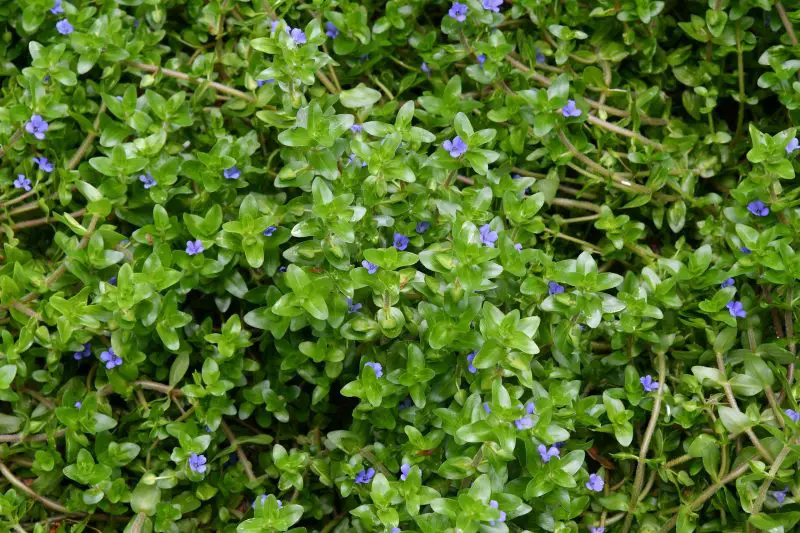
The tough and hardy nature of B. caroliniana means it can be kept in virtually all freshwater setups. Not only can it withstand a variety of water conditions, but it can also live side by side with most tank mates.
Even many fish species with the tendency to nibble at live plants can live with B. caroliniana safely. It’s unclear why, but fish seem to avoid eating the plant.
One reason might be that the distinctive scent of the leaves deters the fish, but this isn’t confirmed.
It wouldn’t be much of a problem if a fish did start eating the plant because it is very sturdy and would be able to survive and recover quickly.
The safest option is to pick tank mates that are not infamous for eating plants.
In terms of fish, you could choose Tetras, Danios, Mollies, Guppies, Rosy Barbs, Swordtails, Yoyo Loaches, Otocinclus, or most Corydoras Catfish.
Most invertebrates make good tank mates too. There are lots of shrimps and snails that are safe, like Cherry Shrimp, Ghost Shrimp, Bamboo Shrimp, Nerite Snails, Mystery Snails, and Ramshorn Snails.
Keep B. caroliniana away from crabs and crayfish because they are known for damaging live plants. The only exception is if you float your plants.
Keeping this species alongside other plant species isn’t usually an issue. You just need to consider the amount of space available for each plant, if they are too densely bunched, then they’ll be forced to compete for space.
Propagation
Propagation is the way in which a plant multiplies from a ‘parent’.
It is very easy to propagate B. caroliniana in an aquarium. This is useful because you can buy a small amount and multiply it yourself if you have the patience to wait for it to grow.
B.caroliniana propagates via side shoots or pseudo runners. These will naturally develop into new plants over time.
If you want to speed up the process, you can cut the side shoots once they have started to develop roots, then plant them in a new area.
If the side shoot doesn’t develop roots then you can float it in the tank instead of planting it. The shoot will continually grow while floating, hopefully developing roots. It can be planted after roots appear.
You can grow a cutting that you’ve trimmed from the top of a plant in the same way.
Don’t plant B. caroliniana without roots because it could start to rot in the substrate.
Is Bacopa Caroliniana Suitable for Your Aquarium?
It is unlikely that you’ve read anything in this article that suggests B. caroliniana isn’t suitable for your aquarium.
This is a very hardy plant that compliments freshwater setups of all designs (including a paludarium). Even beginners will feel confident that their plants are thriving.
Maintenance mostly comes down to trimming the stems when they get too big, this doesn’t need to be done too regularly so caring for B. caroliniana doesn’t take up much time.
There are many benefits to keeping live plants. B. caroliniana is one of the easiest ways to reap the rewards of having some.
Why did you choose Bacopa Caroliniana for your aquarium? Let us know in the comments below…

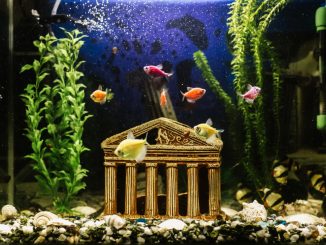
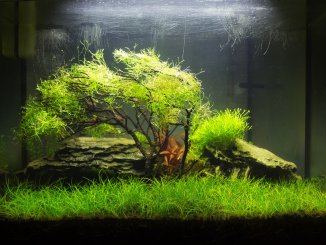
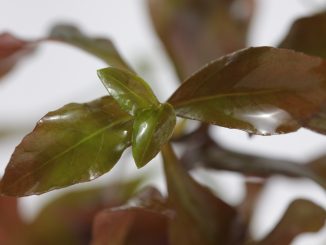
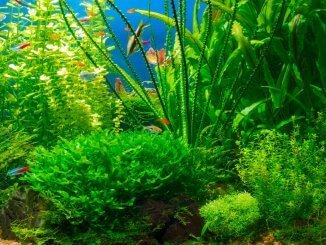
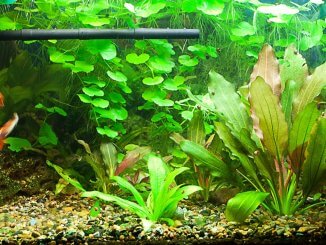
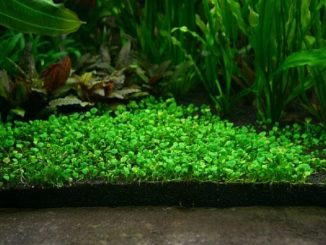
Be the first to comment